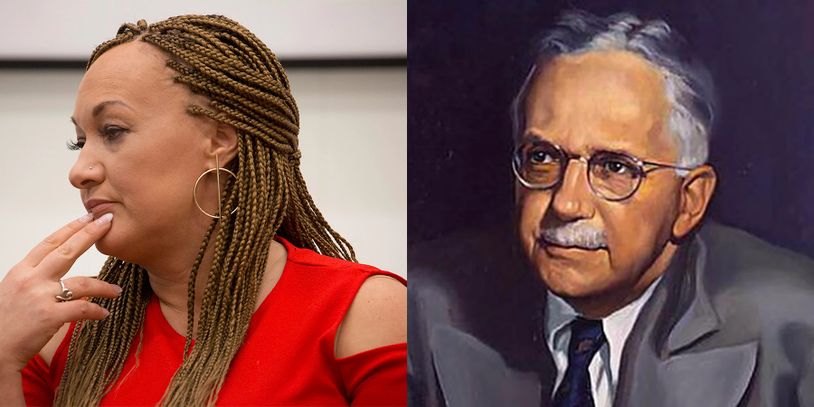choice of color

A few years ago, a woman named Rachel Dolezal made media waves when she was ousted from her position as president of the Spokane, WA chapter of the National Association for the Advancement of Colored People (NAACP). The reason for Dolezal's dismissal was that although she presented herself as African American, subsequent scrutiny revealed that she had no discernible black ancestry.
Being white in a predominantly black organization was not the issue that led to Dolezal's downfall. Whites have been involved with the NAACP since its founding back in 1909. People of any racial background can be members of the NAACP, and hold office in that organization.
It was Dolezal's deception, not her race, that did her in. There was nothing to prevent her from achieving the office of branch president as a white woman. But if she could lie about her racial background, what credibility could she claim on other matters? Despite her apparently sincere affiliation with black people, she had become too hot to handle.
Ironically, Light-skinned blacks have been passing for white since the days of slavery. Dolezal's case is one of the few in which a white person has attempted to pass for black.
Recently, a documentary film about Dolezal has been released under a clever title: The Rachel Divide. Dolezal, who wears her hair in blond dreadlocks, now goes by the name Nkuchi Amare Diallo. The transformation of her racial identity continues.
However, Dolezal's is not the first case of racial ambiguity in the ranks of the NAACP. From 1931 to 1955, the national president of that organization was a man named Walter White. This is how White described himself in his autobiography, A Man Called White:
"I am a Negro. My skin is white, my eyes are blue, my hair is blond. The traits of my race are nowhere upon me."
In his own genealogical research, White found that of his 32 great-great-great grandparents, only five were black. He grew up during the predominance of the infamous "one-drop" rule, which meant that any known black ancestry, however remote (i.e., "one drop of Negro blood") was sufficient to classify a person as black, with all the obstacles and disadvantages that status incurred.
Booker T. Washington, a prominent black leader during the late 19th and early 20th centuries, once quipped to a white friend: "We Negroes must have the strongest blood in the world, if all it takes is one drop of it to turn one of you into one of us." Well, Walter White had five drops of black blood. Yet, had he chosen to do so, he could easily have ignored those drops and passed for white. No one would have been the wiser, and some might have applauded him for slipping out of the chains of racism.
And, indeed, White did find occasion to conceal his true racial identity. But he did so under the most extraordinary of circumstances.
When he was young, White became involved with the nascent NAACP. Realizing the opportunity his Caucasian appearance presented, NAACP officials utilized him as the ultimate undercover again. Thus, White passed for white and infiltrated the Ku Klux Klan and other white-supremacist organizations that clamped a tight lid of terror on the South of the early 20th century. Taking full advantage of his white guise, he funneled valuable information about the plans and tactics of the unsuspecting supremacists.
White could not maintain that deception forever. Eventually, word got out that a Negro passing for white was spying on the supremacists. White was already taking his life in his own hands with each of his missions to the South. Now, his situation had become completely untenable. Thus, his undercover days ended, and he served the NAACP in other capacities, including national president, until his death in 1955 at the age of 61.
The times and circumstances of Walter White's and Rachel Dolezal's tenures at the NAACP. are, of course, vastly different. She risked her reputation; he risked his life. But they have one thing in common: They each chose their color. One drop or no drops, that choice is significant.